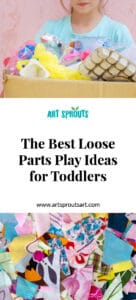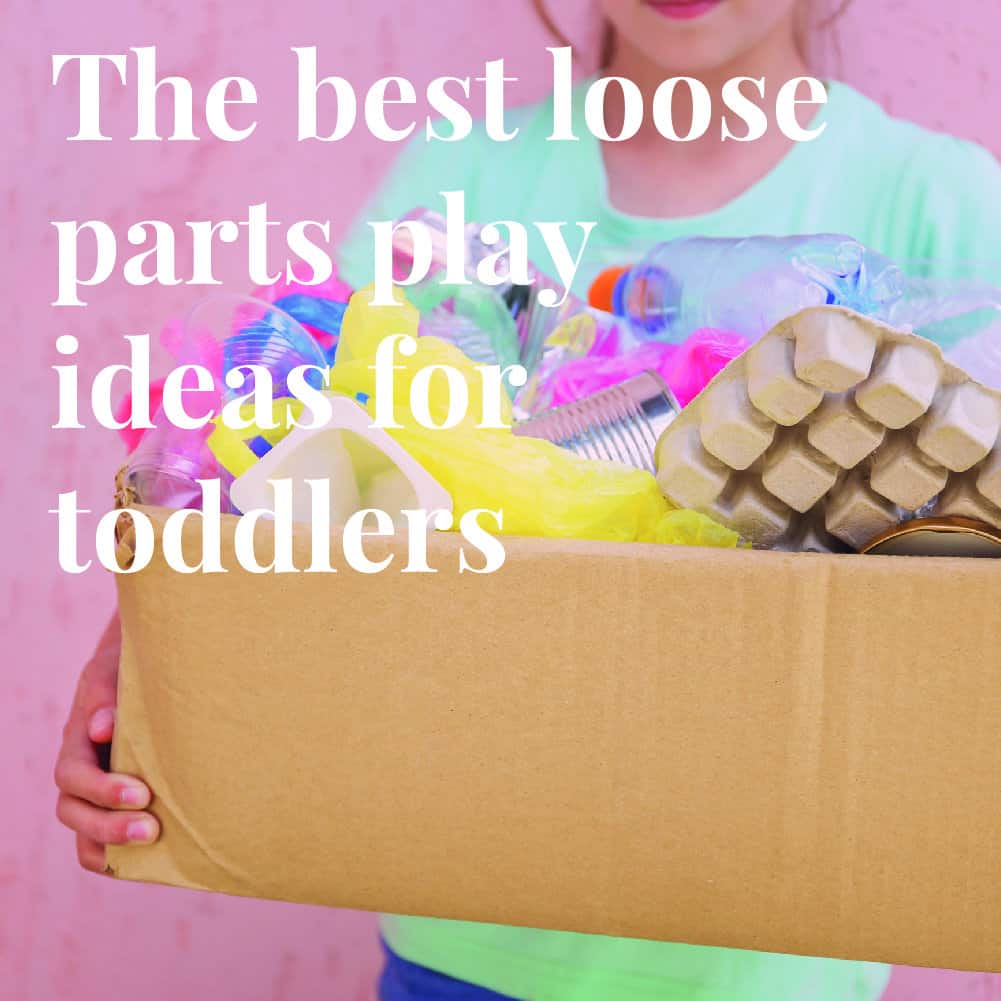In the realm of early childhood education, loose parts play is a dynamic approach rooted in the Reggio Emilia philosophy. It recognizes that children are innate learners who flourish when granted the freedom to explore and create on their own terms.

Prepare to embark on a practical and playful adventure where possibilities are as boundless as a child’s imagination.
In this post, we will delve into the world of loose parts play, offering a wealth of ideas to inspire and facilitate creative exploration. From natural elements to recycled materials and scrap fabrics to intriguing objects, we will explore how these diverse materials can be harnessed to nurture young minds. Join us on a journey that celebrates the power of open-ended play and the numerous ways it fosters creativity in children.
How can I choose loose parts?
Selecting the right loose parts for play is a thoughtful and creative process. It involves considering a variety of factors to ensure that the materials you provide are safe, engaging, and capable of sparking children’s imagination. Here are some steps to help you choose the best loose parts for play:
- Safety First: Safety is paramount when choosing loose parts. Ensure that your materials are age-appropriate and free from sharp edges, small parts, or choking hazards. Check for any potential allergens or toxic substances in the materials, especially if they are natural elements like plants or rocks.
- Diversity of Materials: Aim for variety in the types of loose parts you offer. Include natural elements like sticks, stones, leaves, and shells to connect children with the natural world. Add man-made objects such as buttons, fabric scraps, ribbons, and recyclables like cardboard tubes and bottle caps. This variety stimulates creativity and offers multiple sensory experiences.
- Sensory Appeal: Consider the sensory appeal of the materials. Choose items with different textures, colors, shapes, and sizes. These sensory-rich experiences engage children and promote sensory exploration, which is crucial for early childhood development.
- Open-Endedness: Loose parts should be open-ended, allowing children to use them in various ways. Avoid materials with a single, predetermined use or purpose. The key is to promote creativity, problem-solving, and imaginative play.
- Age-Appropriate: Consider the age and developmental stage of the children who will be using the loose parts. Younger children may benefit from larger, more tactile materials, while older children might enjoy smaller, intricate items for more complex creations.
- Availability and Cost: Assess the availability and cost of the materials. While natural elements like sticks and leaves are readily available and low-cost, you may need to invest in some man-made loose parts. Strike a balance between budget and the richness of the play experience.
- Storage and Accessibility: Ensure that the loose parts are stored in an organized and accessible manner. Transparent containers or labeled bins can make it easy for children to see and access the materials independently, promoting self-directed play.
- Sustainability: Consider whether the loose parts are sustainable. Natural materials can be replenished easily, but man-made materials may need to be replaced over time. Plan for sustainability in your loose parts collection.
What are the best loose parts for toddlers?
Choosing the right loose parts for toddlers is a thoughtful process that requires careful consideration of safety, developmental appropriateness, and sensory appeal. These early years are a critical time for exploration and learning, and the right loose parts can provide endless opportunities for growth and creativity.
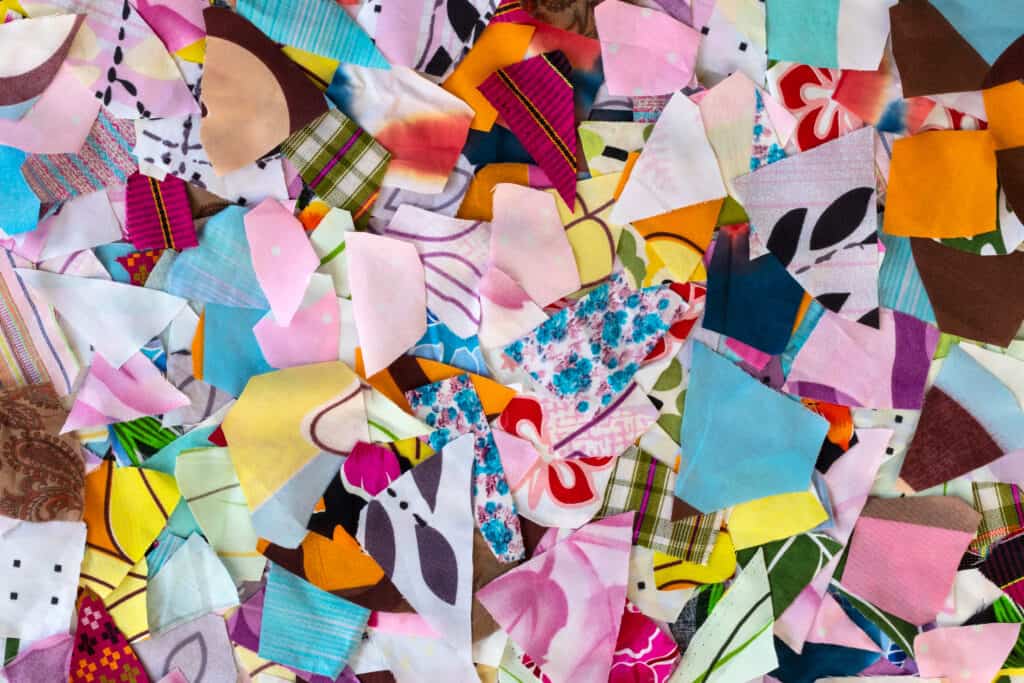
Here are some examples of the best loose parts for toddlers:
Natural Materials: Natural materials are ideal for toddlers as they connect children with the world around them and provide rich sensory experiences. Sticks, pegs, pine cones, rocks, pebbles, shells, feathers, and leaves are excellent choices.
These items can often be collected by children during outdoor adventures, making the experience even more engaging.
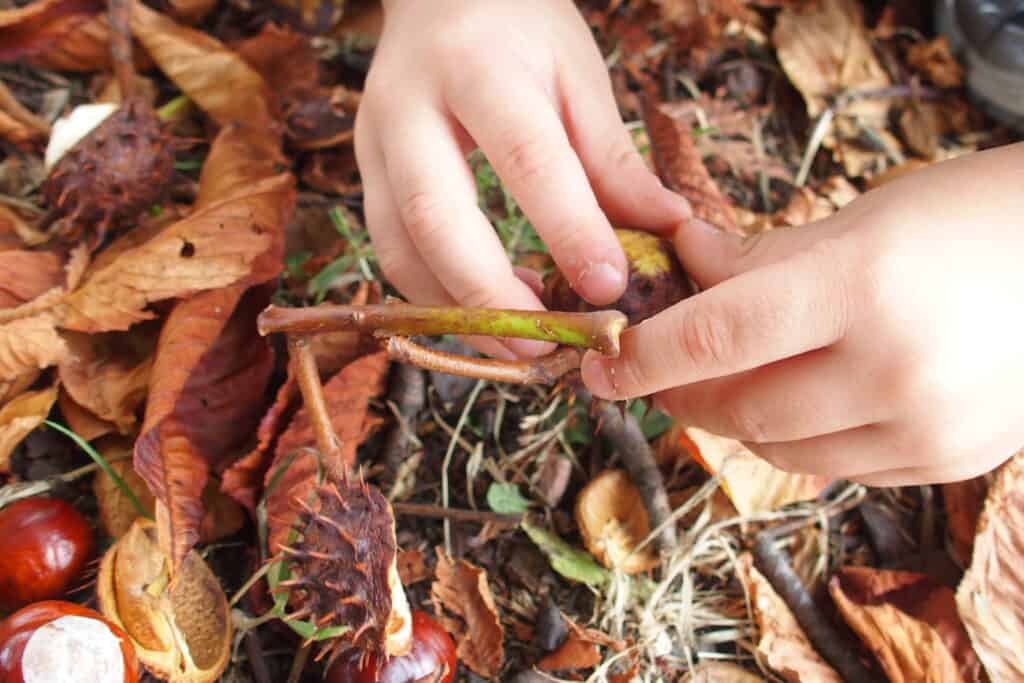
Recycled Materials: Recycled materials offer intriguing textures and properties for exploration. Metal objects like old CDs, metal tins, muffin trays, cookie cutters, nuts, and bolts can be fascinating to touch and examine. Plastic materials, such as containers, plates, straws, and bottles, provide opportunities for translucent play and experimentation with shapes and colors.
Scrap Materials: Fabric and paper scraps are versatile loose parts that encourage creativity and fine motor skill development. Keep a collection of fabric scraps, ribbons, and paper packaging for children to use in various ways. These materials can be used for crafting, building, or even as props for imaginative play.
They also lend themselves well to activities like dancing and movement with ribbons and scarves.
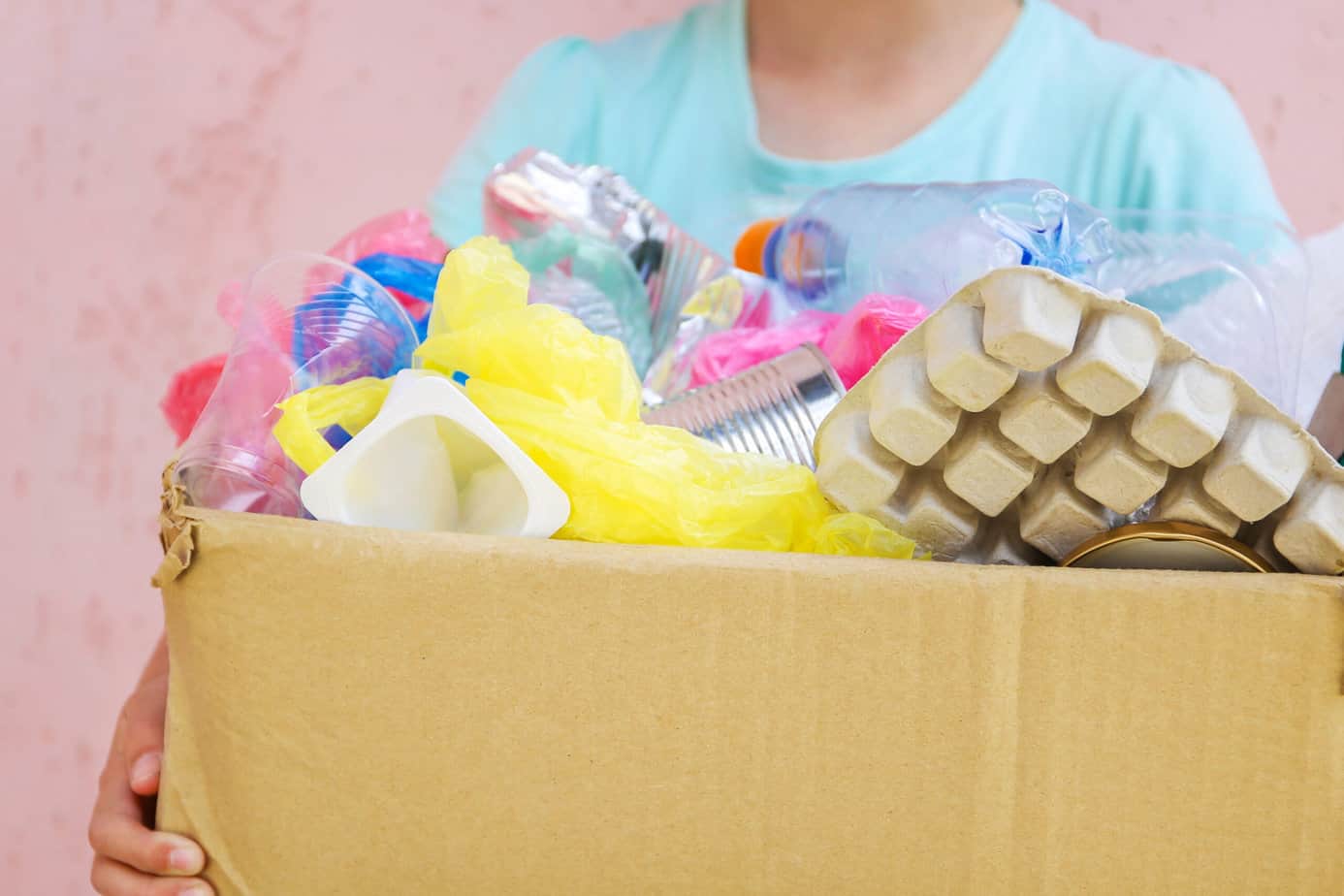
Containers: Containers of various shapes and sizes are valuable loose parts for toddlers. Children love to fill, pour, and dump materials, which helps them develop important motor skills and a sense of cause and effect. Gather jars, boxes, trays, and paper tubes to provide children with opportunities for exploration and experimentation.
Save for later:
